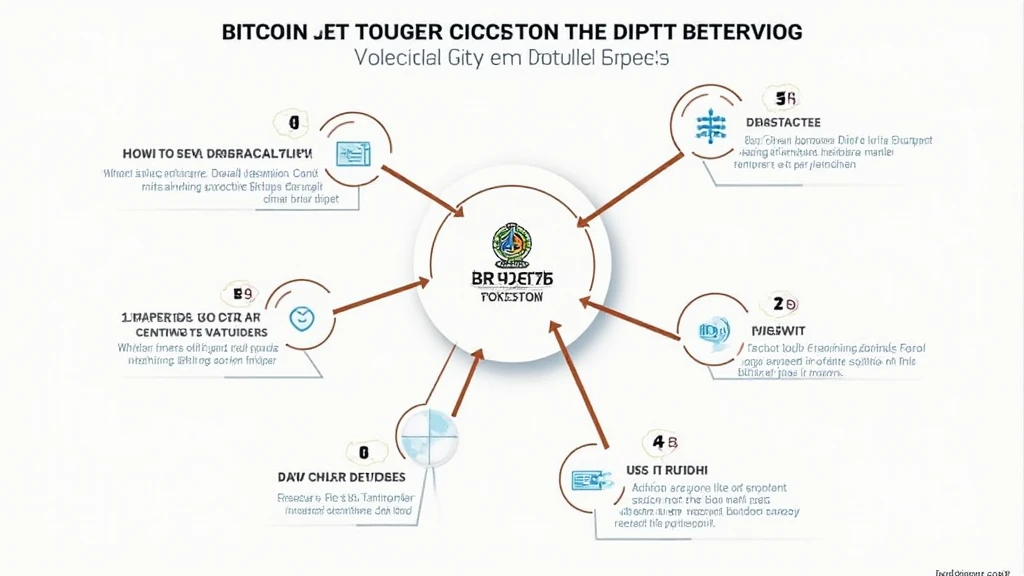Bitcoin Mining Energy Consumption: A Deep Dive Into Sustainability
In 2024, Bitcoin mining faced critical scrutiny as it accounted for approximately 0.5% of the global electricity consumption. As Bitcoin continues to attract a diverse audience—from institutional investors to individual enthusiasts—its energy consumption remains a hot topic of debate. This article delves into the energy consumption of Bitcoin mining and its broader implications for sustainability, innovation, and the global economy.
The Energy Dilemma of Bitcoin Mining
Bitcoin mining is often compared to a digital gold rush. Much like the miners of the past who extracted gold, today’s miners use advanced technology to validate transactions on the Bitcoin network. However, the process requires a staggering amount of energy. It is estimated that the Bitcoin network consumes about 100 terawatt-hours (TWh) annually, comparable to the energy consumption of countries like the Netherlands.
One of the most pressing questions in crypto circles is: Is Bitcoin mining sustainable? As the world moves towards cleaner energy, the bitcoin mining industry is under pressure to follow suit.

Understanding Bitcoin Mining
At its core, Bitcoin mining involves solving complex mathematical puzzles that enable transactions to be processed and added to the blockchain. Miners who successfully solve these puzzles are rewarded with newly created bitcoins and transaction fees. However, this process consumes vast amounts of energy due to the computational power required.
Insights Into Energy Consumption Data
According to a recent Cambridge Centre for Alternative Finance study, Bitcoin mining energy consumption has implications not just for the environment, but also for the economic landscape. The study showed…
{
"energy_sources": [
{ "source": "Renewable", "percentage": 39 },
{ "source": "Coal", "percentage": 34 },
{ "source": "Natural Gas", "percentage": 12 }
],
"total_energy_consumption": "100 TWh"
}
Furthermore, the report indicated that Vietnam’s user growth rate in Bitcoin was 270% in the last year, indicating rising popularity in Southeast Asia. As this interest grows, so does the energy consumption associated with it.
Environmental Concerns: The Other Side of Bitcoin Mining
With Bitcoin’s energy consumption growing, environmentalists are raising alarms. The cryptocurrency’s carbon footprint is substantial, particularly when coal and other non-renewable energy sources are used. Critics argue that Bitcoin’s proof-of-work model contributes to climate change.
However, there’s a bright side. Many miners are shifting towards renewable energy solutions. For example, various mining operations are capitalizing on surplus renewable energy that would otherwise go unused. Mining farms powered by hydroelectric facilities provide a glimpse into a sustainable future for Bitcoin mining.
The Future: Innovations in Energy Use
As awareness grows about the energy needs of Bitcoin mining, so do the innovations aimed at offsetting its impact. Technology solutions, such as more efficient mining rigs and alternative consensus mechanisms, are gaining traction.
Mining hardware has become more sophisticated, leading to machines that consume less power while increasing productivity. Noteworthy companies like
Hibt are at the forefront of this movement, developing energy-efficient solutions.
Real-World Use Cases: Leading by Example
Countries like Canada are positioning themselves as leaders in energy-efficient Bitcoin mining. Here are some notable examples of how innovation is mitigating energy consumption:
- Hydro-Québec: This Canadian region harnesses hydroelectric power, minimizing the environmental impact of Bitcoin mining.
- Flare Gas Mining: Oil companies are turning waste gas into energy for Bitcoin mining. This practice not only reduces greenhouse gas emissions but also serves as a profitable venture for these companies.
- Heat Recovery: Mining operations are adopting heat recovery systems to heat residential areas. This innovative approach reduces Bitcoin’s carbon footprint while heating homes.
Regulations and Compliance
As Bitcoin mining evolves, regulations are also tightening. Governments worldwide are increasingly recognizing the need for regulation in the cryptocurrency space. In Vietnam, for instance, regulations such as tiêu chuẩn an ninh blockchain ensure that mining practices are environmentally sustainable.
While regulations can sometimes impose limitations, they can also promote accountability and encourage efficient practices among miners.
Conclusion: A Path Towards Sustainable Bitcoin Mining
As Bitcoin mining continues to evolve, the focus on energy consumption will only intensify. With pressure mounting from regulators, consumers, and environmentalists, the industry must adapt and innovate.
To summarize, Bitcoin mining faces significant sustainability challenges, but there is a growing movement towards cleaner, more efficient practices. Engaging in industry-wide dialogue about sustainability and energy consumption is crucial for the future of Bitcoin mining.
As we continue to explore the intersection of technology and environmental responsibility in Bitcoin mining, one thing is clear; the growth of cryptocurrency must be synonymous with sustainable progress.





